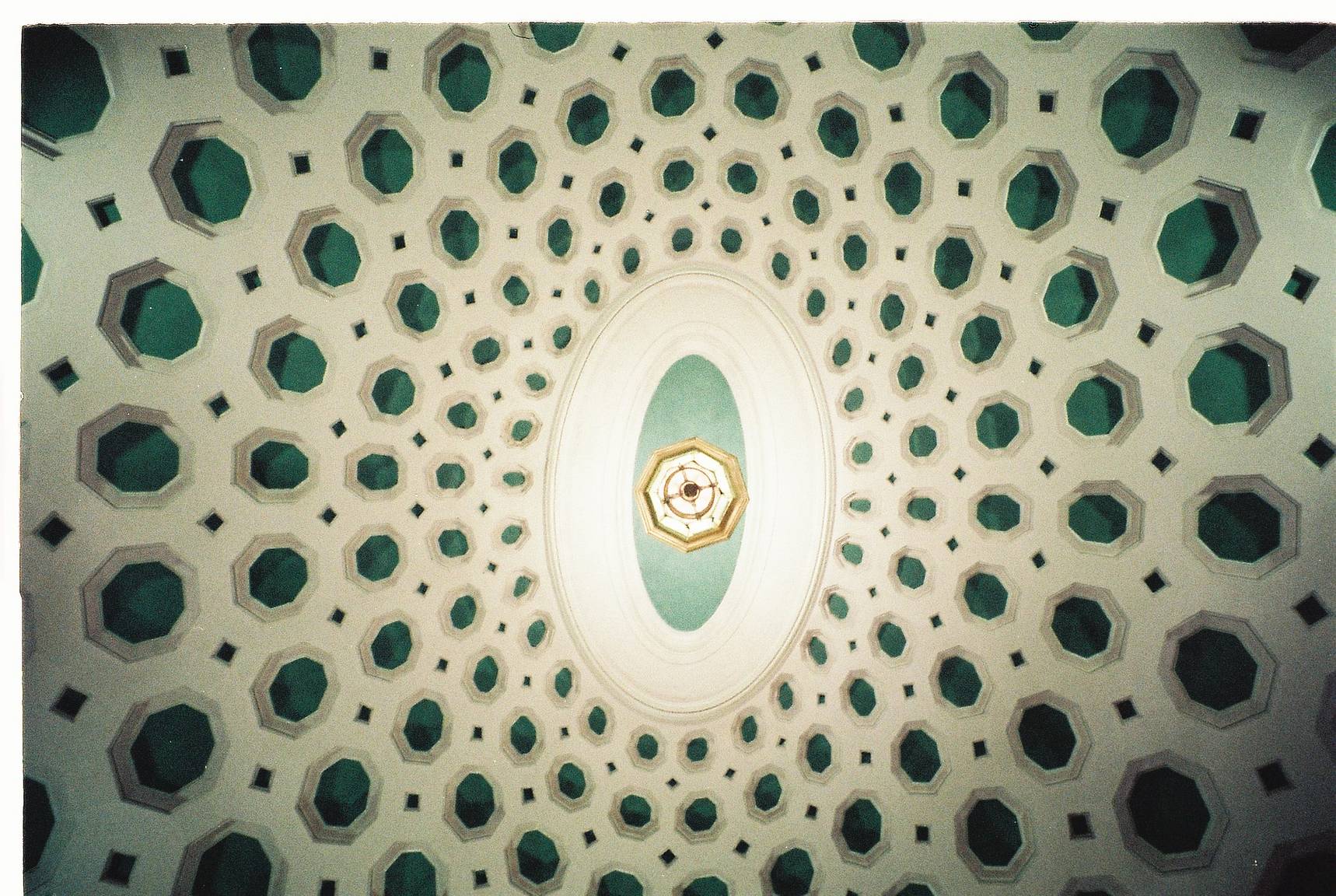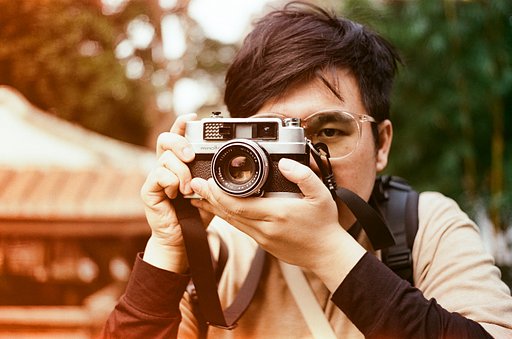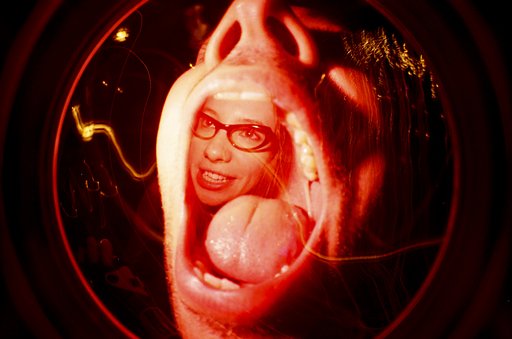Harnessing Different Kinds of Lighting
18 Share TweetOne of the good things about self-isolation is that you have a lot of time on your hands. What's good about photography on the other hand is that there are so many things to learn. Try and bring those two things together and you get to develop a skill while in the comfort of your home. So do your part, learn a new skill, and stay safe!
Now, one of the things that can be easily overlooked in photography has to be lighting. It's easy to ignore it at first but if you've been shooting for quite some time, you'll know that it's a costly mistake - frame after frame of poorly-lit scenes can be a great waste of time and energy. Not to mention that it can dampen your spirit quite a bit.
We just can't stress the importance of understanding lighting and recognizing the applications it can provide for your work. We hope the ideas we share with you here spark an interest in the bright and beautiful world of lighting!
Natural Light vs. Artificial Light
*Natural light has to be the most popular kind of lighting on this list. We've featured a lot of skilled photographers who will choose natural light over any other kind of light source anytime because of its effect on the look and feel of photographs. Outdoor/travel shots with the right amount of natural lighting can make for postcard-worthy images. One way to fully maximize the use of natural lighting is to know when to shoot. Try shooting at different times during the day and you'll be surprised at how versatile natural light can be. Our tip: shoot early in the morning when the day is still warming up for good brightness (this can be great for portraits) and try taking photos just as the sun is about to set to get a moody kind of vibe going in your shots.
There's no denying that natural light is great. We all love it! However, there are other light sources that we often use without noticing and that's artificial light. Basically, artificial lighting is any kind of light source that can be controlled (basically any kind of lighting besides the sun and the moon). This can be usually fine-tuned to create a desired effect or atmosphere in the photographs. Studio photography uses a lot of artificial lighting in order to make up for inadequate light sources typically associated with shooting indoors. Flashes can be categorized under artificial lighting and we're sure that a lot of us here have had their own share of fun with them. Your holiday party photos from many years ago said hello!
How You Can Use Both
Before we show you samples of how the two are used, let us first say that you can get the most out of your shots with cameras with variable shooting settings. Having control over your aperture and shutter speed will greatly help you achieve the results you're after. However, that doesn't mean you can't use your point-and-shoots. By all means, try different cameras and setups and see what kind of shots you can take home. Remember to experiment!
Natural lighting
Artificial lighting
written by cheeo on 2020-06-30 in #news #tutorials #lighting #how-to
































未有留言